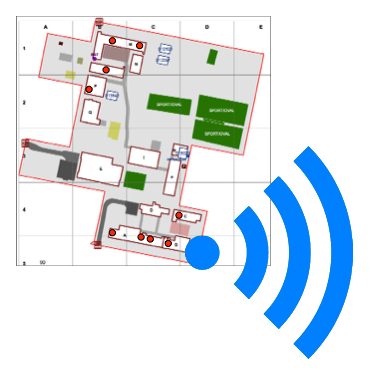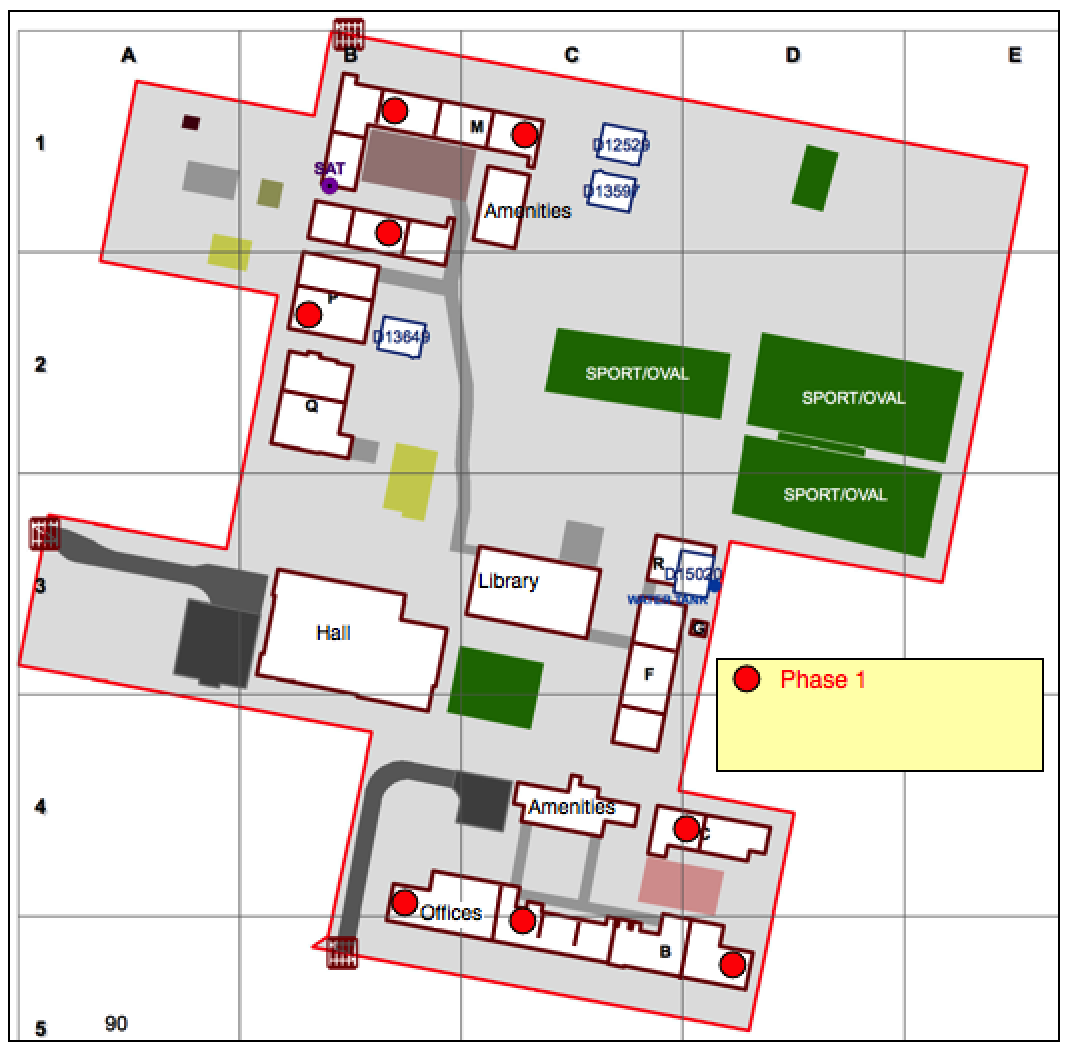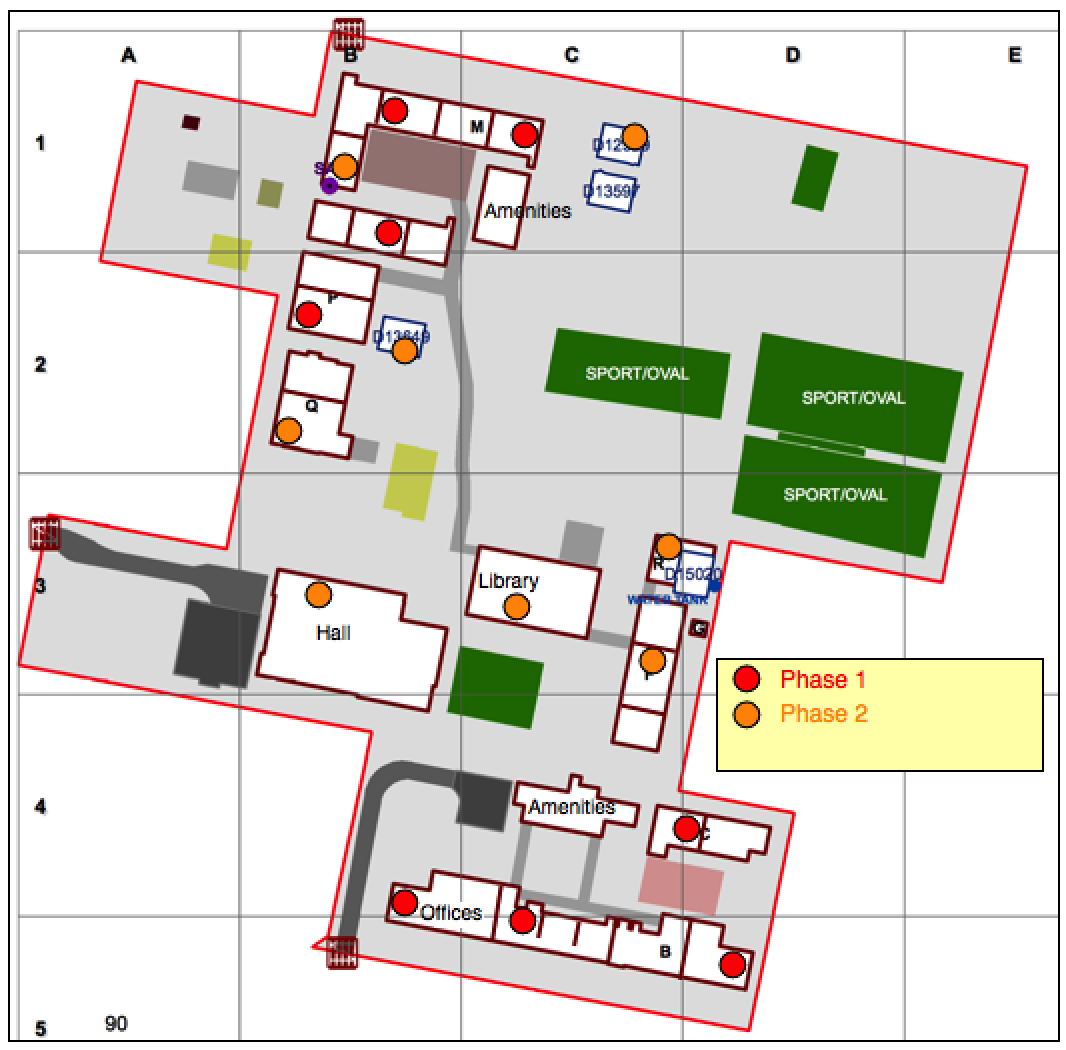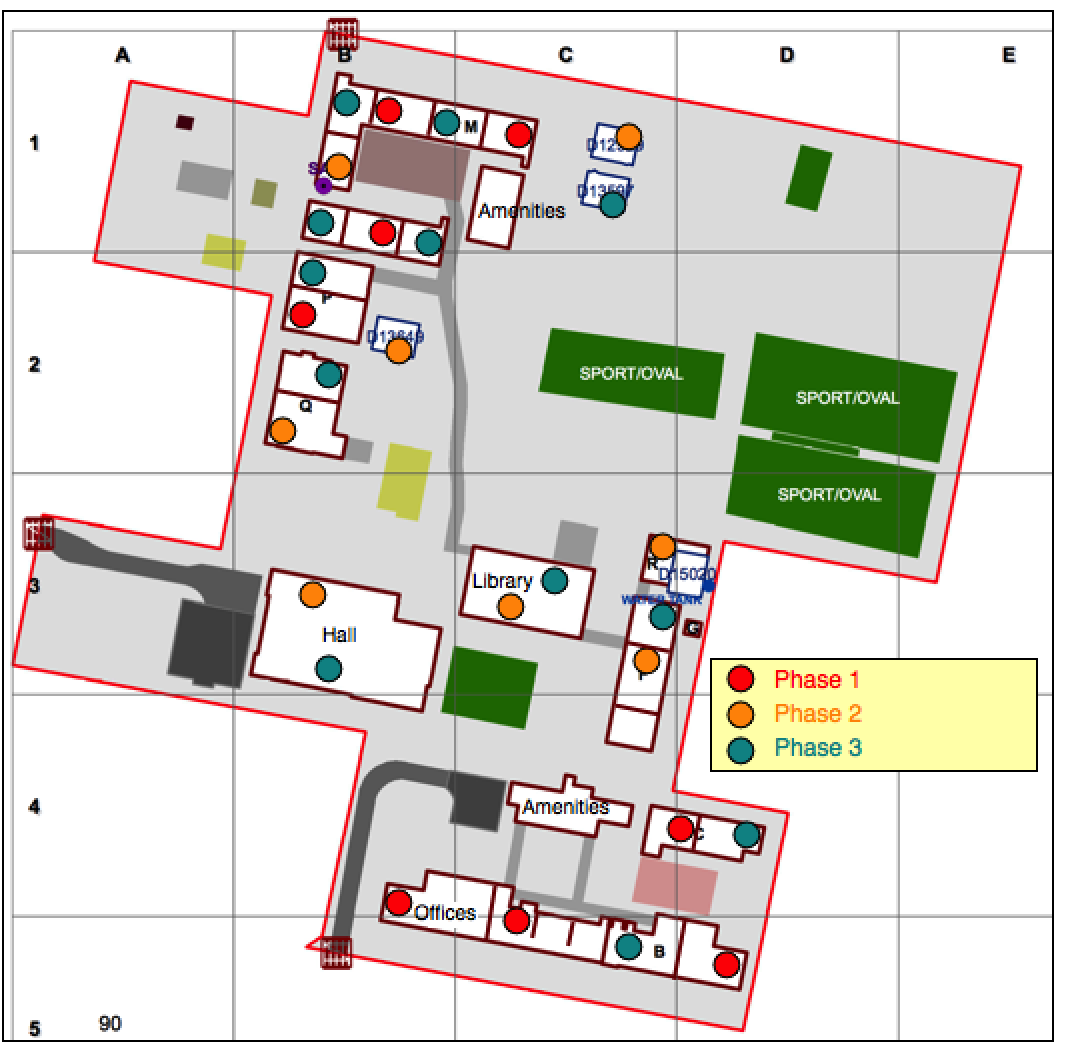 The broader community has rapidly adopted the use of wireless devices for everyday personal use.
The broader community has rapidly adopted the use of wireless devices for everyday personal use.
As schools strive to incorporate these new devices in their learning environments they quickly discover that a robust wireless network, accessible by all staff and students, is critical for the success of any associated learning programs (or administrative functions) integrating mobile technologies.
Planning for the development of a school’s wireless network should consider:
- the number of wireless devices used by staff and students;
- the locations in the school where these devices will be used;
- the number and location of wireless access points (WAPs) required to support these devices;
- the bandwidth of the fixed network to support these wireless access points;
- the number of users that can be supported by each WAP.
Installing a robust, high-capacity wireless network across a school campus can be an expensive exercise. Most schools are likely to stage the implementation of a new wireless network in phases, the application of such a process varying from one school to another, in response to the particular environment in individual schools. The ‘answer’ isn’t necessarily a ‘one-size-fits-all’ response.
One should also be realistic about the capacity of shared wireless networks, compared to wired networks that are connected directly to a computer – and the suitability of online tasks that might be pursued in each environment.
See also:
- Basic technical discussions about wireless networks >>>
- From Keith Parsons – a very technical discussion about network design (do you need an AP in every classroom?) >>>
Here are some general suggestions for how each phase might be implemented…
| Phase 1 – Coverage in key areas | |
|
|
| Phase 2 – Extending network coverage across the campus | |
|
|
| Phase 3 – Increasing network capacity & eliminating ‘blackspots’ | |


